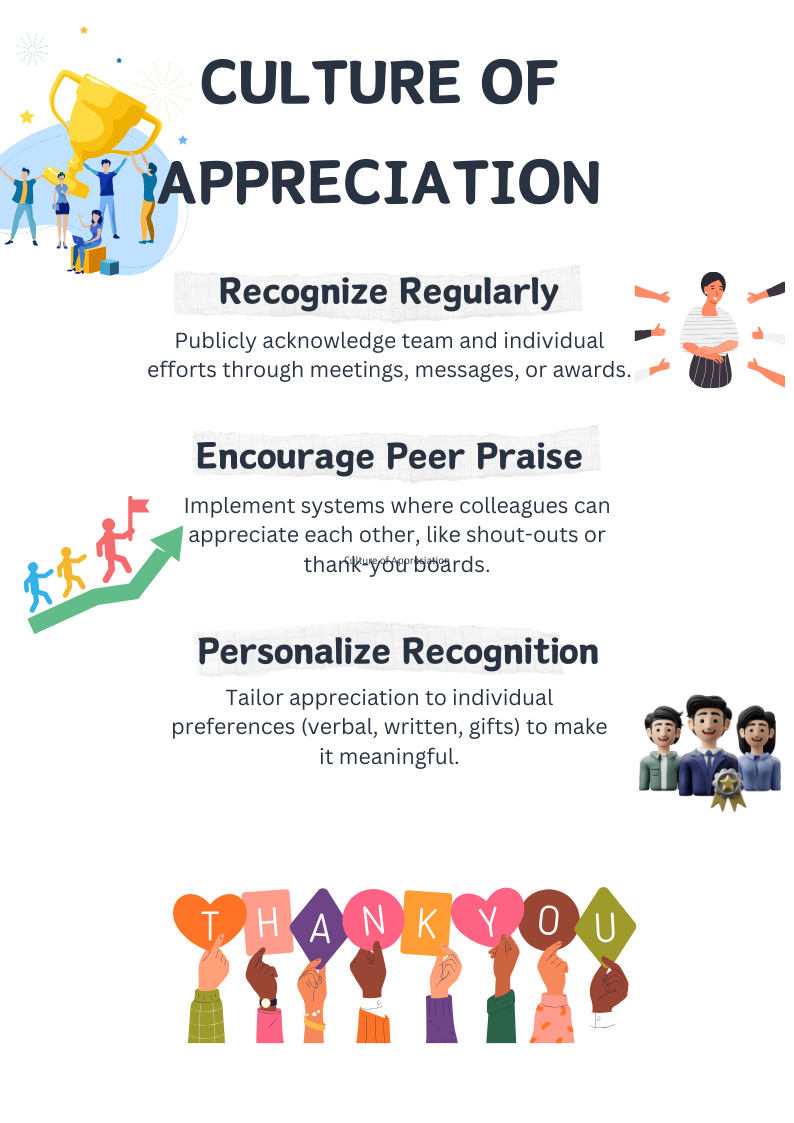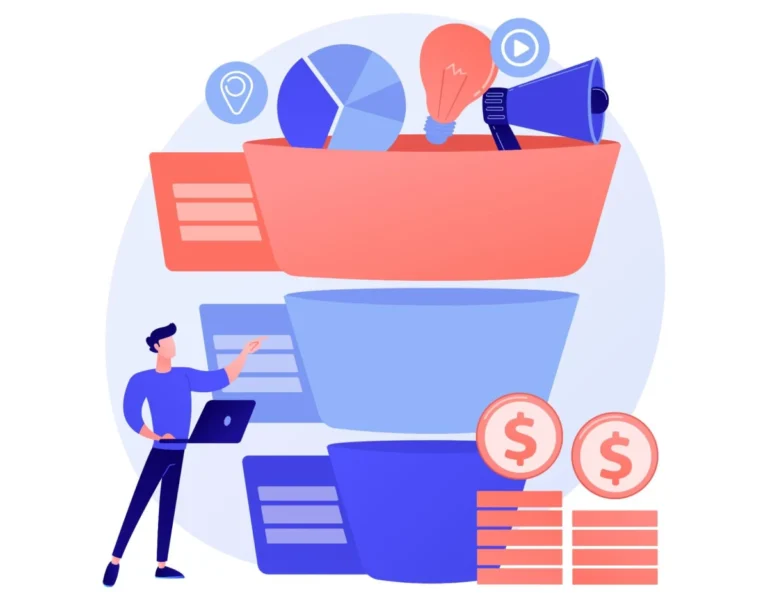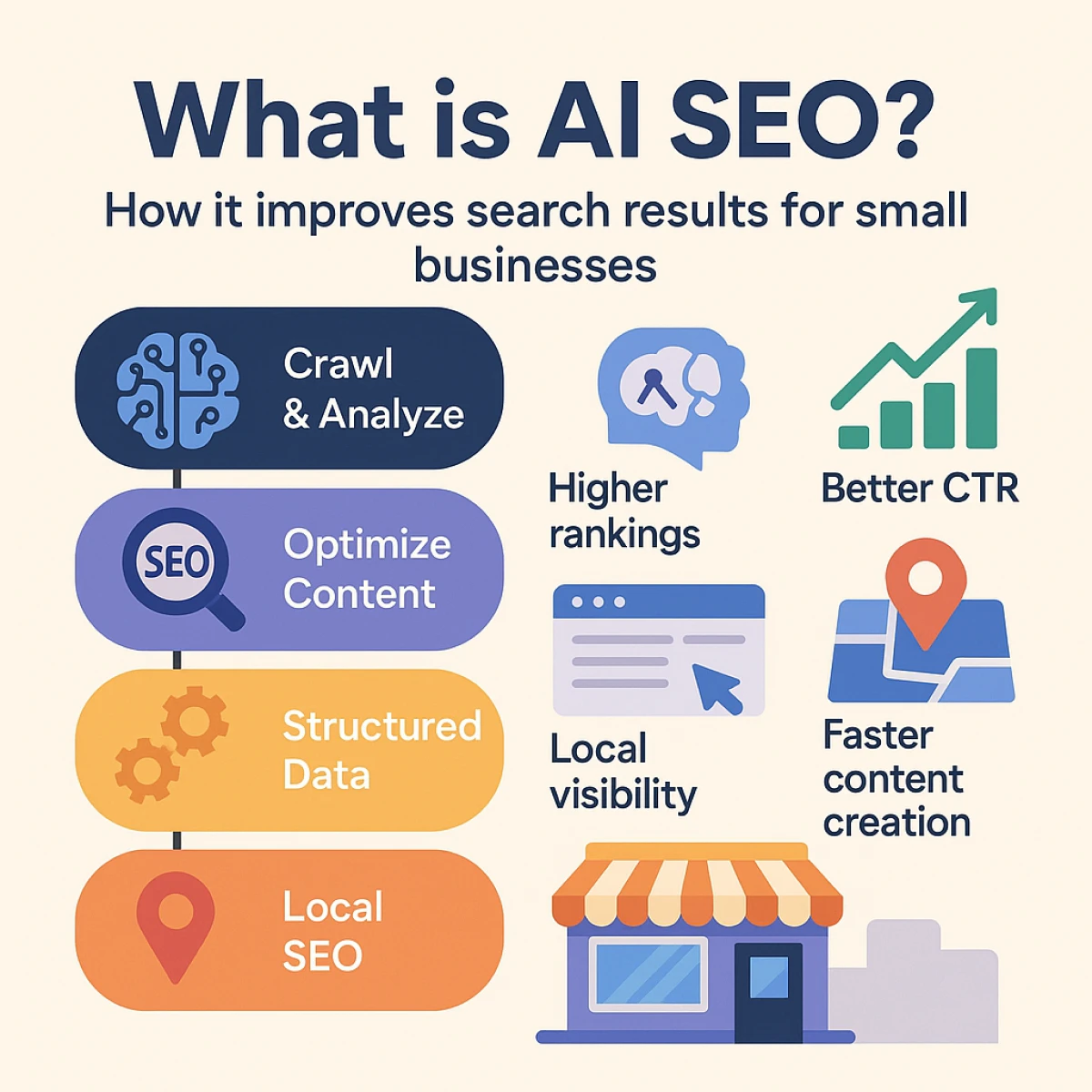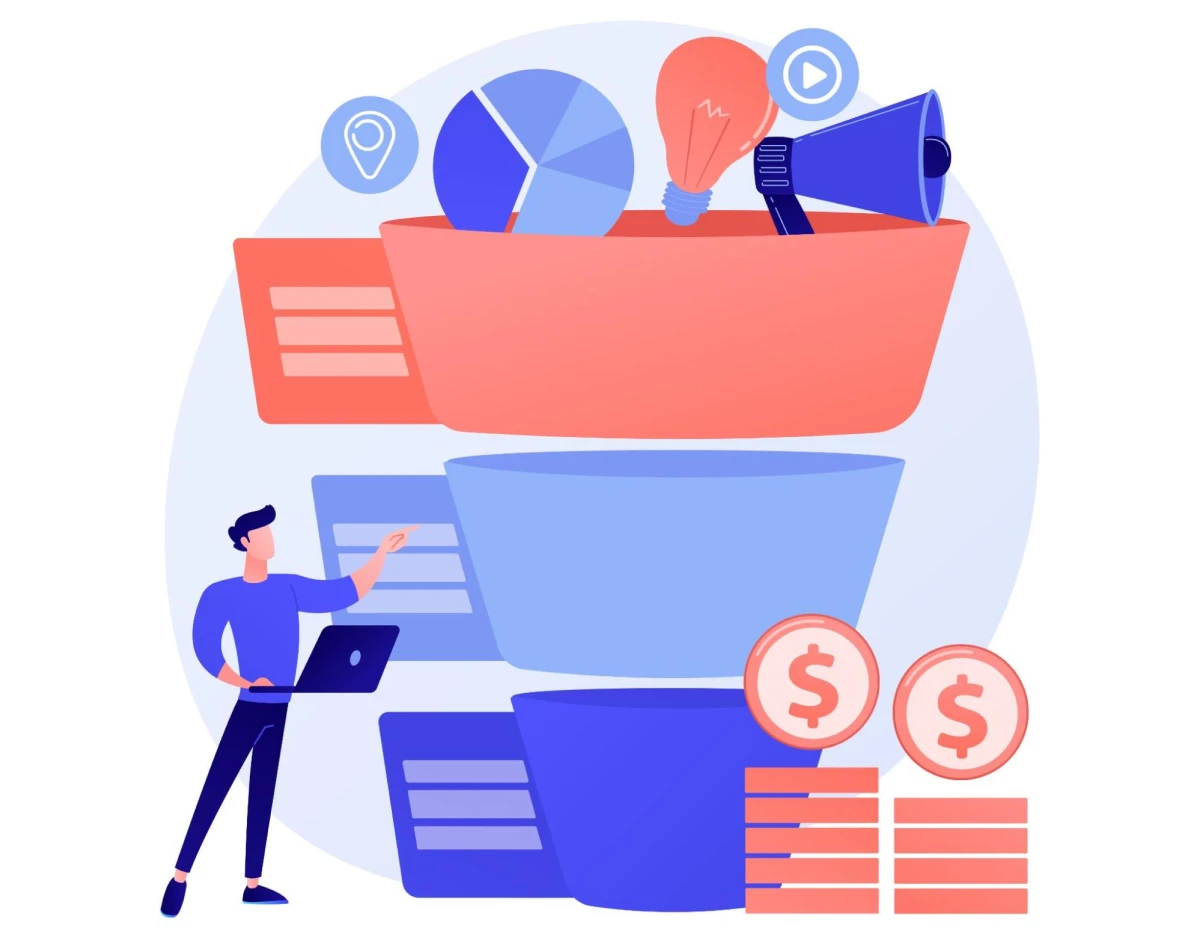In the competitive business environment today, employee recognition has become an imperative strategic priority, rather than merely an HR program. A recent Gallup survey revealed that businesses with strong recognition programs boast 45% lower voluntary turnover rates among high-performing employee. Unfortunately, most organizations find it challenging to establish genuine appreciation experiences that connect with their diverse, hybrid workforces.
By the year 2025, the conventional yearly awards ceremony and bland gift cards just won’t be good enough. Workers anticipate meaningful, personal recognition that value their individual contributions and are reflective of their value system.
Understanding the Foundation of Appreciation Culture
Before jumping into new methods, it’s also necessary to understand what makes appreciation so effective in today’s workplace. Building a strong culture of appreciation takes more than overnight efforts, it takes strategic planning and regular follow-through.
Human beings possess a fundamental need to be valued and appreciated. When employee recognition software is used meaningfully, it leverages our psychological need for recognition and belonging. Good recognition engages the brain’s reward mechanisms, which release dopamine and build positive connections between job performance and rewards.

Setting Measurable Goals
Any effective appreciation approach must have clear measurements to determine its success. Before initiating new recognition programs, set baseline metrics for engagement, retention, and performance. This enables you to measure ROI and make informed changes to your strategy.
Creating Consistency Across Teams
One of the biggest challenges organizations face is ensuring that appreciation happens consistently across departments and locations. By establishing core principles while allowing for some customization, you can visit us to learn how to maintain a unified approach that feels authentic to each team’s unique culture.
The key to sustainable appreciation is making it part of your everyday operations rather than treating it as a separate initiative that requires extra effort.
AI-Powered Recognition: Beyond Traditional Employee Recognition Software
Today’s employee recognition software has evolved dramatically, incorporating artificial intelligence to make appreciation more timely, relevant, and personalized than ever before.
1. Intelligent Recognition Timing
Advanced AI algorithms can now analyze work patterns to identify optimal moments for recognition. These systems detect when employees have overcome challenges, completed difficult projects, or worked extra hours, suggesting appropriate recognition before managers even notice.
2. Personalized Appreciation Recommendations
Machine learning capabilities allow modern platforms to learn individual preferences and recommend personalized appreciation gestures. Some employees might value public acknowledgment, while others prefer private recognition. AI helps leaders tailor their approach accordingly.
3. Predictive Recognition Analytics
Forward-thinking businesses are leveraging predictive analytics to spot members of the team who have not been recognized in a while, so no one is left behind and appreciation is more balanced across all members.
These technological improvements don’t substitute the human aspect of appreciation but support our capacity to recognize effort consistently and sustainably.
Micro-Appreciation Moments: Daily Recognition Rituals
Small, frequent recognition often proves more effective than grand gestures saved for special occasions. Incorporating micro-appreciation into daily workflows builds a continuous culture of acknowledgment.
4. Team-Based Appreciation Rituals
Creating team rituals around appreciation strengthens connections and reinforces positive behaviors. This might include starting meetings by acknowledging recent achievements or using dedicated Slack channels for peer recognition.
5. Digital Micro-Recognition Tools
E-cards for employees have evolved into sophisticated micro-recognition tools that integrate directly into work platforms. These allow for instantaneous appreciation tied to specific accomplishments rather than delayed recognition that loses context.
6. Physical Touchpoints
Despite our increasingly digital world, physical tokens of appreciation still hold special meaning. Small desk items, handwritten notes, or team trophies create tangible reminders of recognition that digital acknowledgments can’t replicate.
Successful organizations find the right balance between digital efficiency and human connection in their appreciation efforts.
Personalization at Scale with Recognition Technology
Modern employee recognition software enables customized appreciation experiences for each employee without creating an administrative burden for managers.
7. Values-Aligned Recognition
When recognition is specifically tied to core company values, it reinforces desired behaviors and strengthens organizational culture. Advanced platforms allow recognition to be tagged with relevant values, creating valuable data about how those values manifest in daily work.
8. Recognition Journey Mapping
Progressive organizations create custom recognition journeys based on employee tenure, role, and career stage. New hires might receive different types of appreciation than long-tenured team members, acknowledging different needs at various career phases.
9. Cultural Customization
For global organizations, effective employee recognition practices must account for cultural differences. Recognition platforms now offer region-specific customization to ensure appreciation resonates authentically across diverse teams.
Thoughtful personalization of recognition programs demonstrates that organizations truly see their employees as individuals rather than interchangeable resources.
Purpose-Driven Recognition: Connecting Appreciation to Impact
Today’s workforce seeks meaning in their work. Recognition that highlights how contributions impact the broader mission proves particularly powerful.
10. Mission Connection
Workplace culture of appreciation flourishes when recognition explicitly links individual efforts to organizational purpose. This might involve sharing customer impact stories or highlighting how specific work advanced strategic priorities.
11. Social Impact Recognition
Innovative employee appreciation ideas include tying recognition to social impact. Some organizations allow employees to direct charitable donations as part of their recognition, creating dual positive outcomes.
12. Environmental Acknowledgment
Companies with sustainability commitments are incorporating eco-friendly recognition options, from digital-only acknowledgments to rewards that support environmental causes aligned with company values.
When recognition connects to purpose, it transcends simple acknowledgment and becomes part of a larger narrative about meaningful work.
Data-Driven Appreciation Strategies
The most sophisticated appreciation cultures use analytics to continuously improve their approach and demonstrate business impact.
13. Recognition Dashboards
Modern employee recognition software includes robust analytics that reveal recognition patterns across the organization. Leaders can identify departments with strong appreciation practices and those needing additional support.
14. Appreciation Coverage Analysis
Advanced platforms track recognition coverage, highlighting team members who may be overlooked and ensuring equitable distribution of appreciation across different demographic groups.
15. Business Impact Metrics
Forward-thinking companies correlate recognition data with business outcomes like retention, performance, and customer satisfaction. This helps quantify the ROI of appreciation initiatives and secure ongoing investment.
With the right data, appreciation transforms from a “nice to have” into a strategic business driver with measurable impact.
Your Next Steps Towards a Culture of Appreciation
Establishing a robust workplace culture of appreciation takes dedication and persistence, but the return on investment in business benefits more than justifies the effort.
Assessing Your Current State
As a first step, determine where your organization is currently positioned. Conduct employee surveys to gauge their recognition experience and note the gaps between your intent and current reality.
Technology Evaluation
Compare your existing employee recognition software with the features required to facilitate your appreciation strategy. Most organizations realize their current solutions are not sophisticated enough for current expectations.
Leadership Alignment
No appreciation program is successful without the buy-in of leaders. Make certain executives and managers know both the business case and their particular part in establishing a recognition culture.
Designing worth-generating appreciation experiences isn’t simply about being a feel-good exercise, it’s about establishing the foundation for a high-performance organization in which people give their best selves to work daily.
Answers to Your Questions About Building Appreciation Culture
What are the most effective ways to build recognition into our culture?
The most effective approach combines employee recognition software with leadership modeling. When executives visibly practice appreciation, it signals importance. Implement recognition tools that make appreciation easy, establish clear criteria tied to values, and train managers on effective recognition delivery. Balance structured programs with spontaneous appreciation for maximum impact.
How can small businesses implement effective recognition without a large budget?
Small businesses can create powerful appreciation cultures through personalized, low-cost employee appreciation ideas like handwritten notes, public praise in team meetings, or flexible scheduling. The key is sincerity and specificity. Acknowledging exactly how someone’s work made a difference, rather than expensive rewards. Even simple e-cards for employees can have a meaningful impact when the message is authentic.
How do we measure the ROI of our appreciation efforts?
Track metrics before and after implementing effective employee recognition practices, including retention rates, engagement scores, and performance indicators. Calculate replacement costs avoided through improved retention. Survey employees about recognition experiences and correlate with business outcomes. Many employee recognition software platforms provide built-in analytics to demonstrate impact and identify improvement opportunities.








